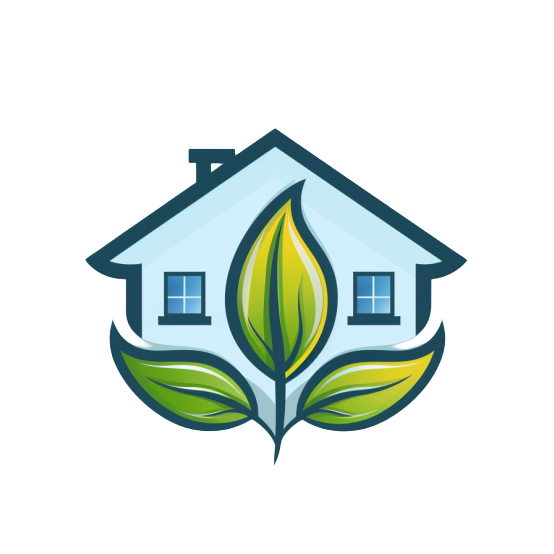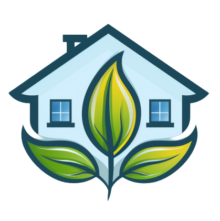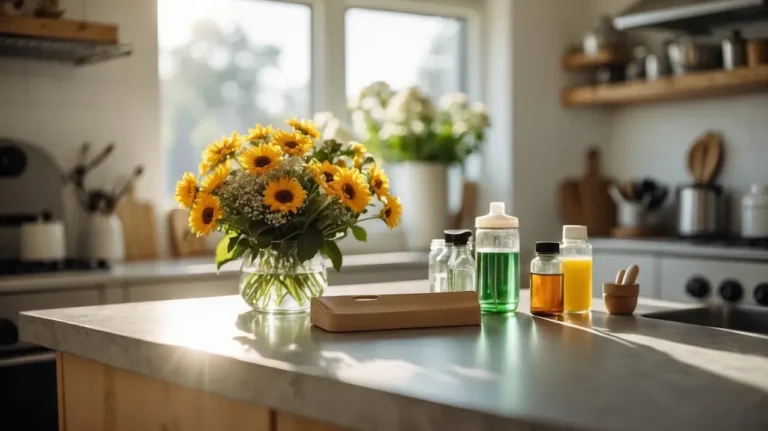Volatile Organic Compounds: What They Are and How They Affect Indoor Air Quality
Volatile Organic Compounds (VOCs) are a class of carbon-containing chemicals that easily evaporate at room temperature, releasing gases into the air we breathe. These compounds, which can number in the thousands, play a significant role in our daily lives – often without us realizing their presence. From the fresh paint on our walls to the cleaning products under our sinks, VOCs are ubiquitous in modern households.
The quality of indoor air has become increasingly important as studies show that Americans spend approximately 90% of their time indoors. This makes understanding and managing VOC levels particularly crucial for both homeowners and renters. The impact of these compounds is especially significant for vulnerable populations, such as families with young children, elderly individuals, and those suffering from respiratory conditions like asthma or chronic obstructive pulmonary disease (COPD).
As we explore the world of VOCs and their effects on indoor air quality, we’ll uncover not only their potential risks but also practical solutions for creating healthier living spaces. Whether you’re a concerned parent, a health-conscious individual, or simply someone interested in improving your home environment, understanding VOCs is the first step toward better indoor air quality.
Understanding Volatile Organic Compounds
Volatile Organic Compounds (VOCs) are chemicals that readily evaporate at room temperature, releasing gases into the air we breathe. These carbon-containing compounds can be both human-made and naturally occurring, ranging from harmless to highly toxic. Common examples include formaldehyde, benzene, and toluene.
Definition and Characteristics
VOCs are compounds that have a high vapor pressure and low water solubility. This means they can easily escape from liquid or solid form into the air, making them particularly concerning for indoor environments where they can accumulate in higher concentrations. While some VOCs have a distinct odor (like that “new car smell”), others are completely odorless, making them difficult to detect without proper testing.
Sources of VOCs
VOCs can enter our indoor environments from numerous sources:
Household Cleaning Products:
- Glass and surface cleaners
- Disinfectants
- Air fresheners
- Laundry detergents and fabric softeners
Paints and Solvents:
- Wall paint and primers
- Paint strippers and thinners
- Wood stains and varnishes
- Adhesives and glues
Building Materials and Furnishings:
- Pressed wood products
- Carpeting and vinyl flooring
- Upholstered furniture
- Composite wood materials
Additionally, outdoor sources like vehicle exhaust, industrial emissions, and lawn care products can infiltrate homes through windows, doors, and ventilation systems, contributing to indoor VOC levels. Understanding these sources is crucial for maintaining healthy indoor air quality.
Prevalence of VOCs in Household Products
Volatile organic compounds are surprisingly common in our everyday environments, lurking in many products we use regularly. Understanding where these compounds exist is the first step in managing our exposure to them.
Common Household Products that Release VOCs
Many everyday items in our homes release VOCs into the air. Common cleaning products like glass cleaners, floor polishes, and all-purpose sprays often contain high levels of these compounds. Air fresheners, while making our homes smell pleasant, can be significant sources of VOCs, especially those with synthetic fragrances. Personal care products, including hairsprays, nail polish, and perfumes, also contribute to indoor VOC levels.
In terms of home furnishings, new furniture (particularly pieces made with pressed wood), carpeting, and vinyl flooring can off-gas VOCs for months or even years after installation. Fresh paint is another major source, though its VOC emissions typically decrease significantly after the first few days.
Trends in VOC Usage
Consumer awareness about VOCs has grown in recent years, leading to changes in purchasing habits. Many homeowners are now actively seeking out products labeled as “low-VOC” or “no-VOC,” particularly when it comes to paint choices and cleaning supplies. This shift in consumer preference has encouraged manufacturers to develop alternatives with reduced VOC content.
However, it’s important to note that even products marketed as “green” or “natural” may still contain VOCs, though usually in lower concentrations. The key is to read labels carefully and understand that marketing terms aren’t always regulated. Consumers can make more informed choices by looking for third-party certifications and researching product ingredients.
Health Risks Associated with VOC Exposure
Short-term exposure to Volatile Organic Compounds can cause immediate health effects that shouldn’t be ignored. Common symptoms include headaches, dizziness, and eye, nose, and throat irritation. These effects are particularly pronounced in children, elderly individuals, and those with pre-existing respiratory conditions like asthma. Even brief exposure to high concentrations of VOCs can trigger asthma attacks and cause difficulty breathing in sensitive populations.
The long-term health implications of VOC exposure are even more concerning. Scientific research has linked prolonged VOC exposure to several serious health conditions:
- Liver and kidney damage
- Central nervous system complications
- Increased risk of certain cancers
- Developmental delays in children
- Chronic respiratory issues
Studies conducted over the past decade have shown particularly troubling connections between childhood VOC exposure and cognitive development. Research published in Environmental Health Perspectives found that children exposed to elevated VOC levels in their early years showed higher rates of learning disabilities and behavioral issues.
For individuals with pre-existing conditions, the risks are amplified. Those with chronic respiratory conditions may experience:
- Worsening of asthma symptoms
- Increased frequency of respiratory infections
- Reduced lung function over time
- Greater sensitivity to other airborne irritants
Healthcare professionals particularly warn about the cumulative effects of low-level, long-term exposure. While acute symptoms might be obvious and immediate, chronic exposure at lower levels can silently damage organ systems over time, potentially leading to serious health complications that may not become apparent for years.
Mitigating VOC Exposure in Your Home
Taking steps to reduce VOC exposure in your home is crucial for maintaining good indoor air quality and protecting your family’s health. Here are some practical approaches for both homeowners and renters, along with specific recommendations for families with children.
Practical Steps for Homeowners and Renters
Good ventilation is your first line of defense against VOC accumulation. Open windows regularly to allow fresh air circulation, especially when using cleaning products or after bringing new furniture into your home. Consider installing exhaust fans in bathrooms and kitchens to remove contaminated air quickly.
Monitor your indoor air quality using available testing kits or professional services. Regular maintenance of HVAC systems, including filter changes, helps reduce VOC levels throughout your living space.
When purchasing new products, look for those labeled as low-VOC or VOC-free. This applies to:
- Paint and finishes
- Carpet and flooring
- Furniture and cabinetry
- Cleaning supplies
Recommendations for Families
Families with children should be especially vigilant about VOC exposure. Here are specific tips for creating a healthier environment:
- Choose natural cleaning solutions when possible, such as vinegar and baking soda
- Avoid using air fresheners and opt for natural alternatives like opening windows
- Clean when children are out of the house, allowing time for proper ventilation
- Store cleaning products and chemicals in a well-ventilated area away from living spaces
- Consider using indoor plants known for their air-purifying properties
Remember to always read product labels carefully and follow usage instructions to minimize VOC release during application or use. Creating a healthier home environment is an ongoing process that requires consistent attention to these practices.
Conclusion
As we’ve explored throughout this article, Volatile Organic Compounds pose significant challenges to indoor air quality and human health. The presence of VOCs in our homes through everyday products and materials cannot be ignored, given their potential to cause both immediate and long-term health effects. Understanding and addressing VOC exposure is crucial for creating healthier living spaces for ourselves and our families.
We encourage you to take action today to reduce VOC levels in your home. Start by examining the products you use regularly and consider switching to low-VOC alternatives. Implement proper ventilation practices and maintain awareness of potential VOC sources in your living space. For more information about managing indoor air quality and protecting your family from VOC exposure, consult the EPA’s indoor air quality guidelines or speak with an environmental health specialist.
Remember, small changes in your daily habits can lead to significant improvements in your home’s air quality and, ultimately, your family’s well-being.











